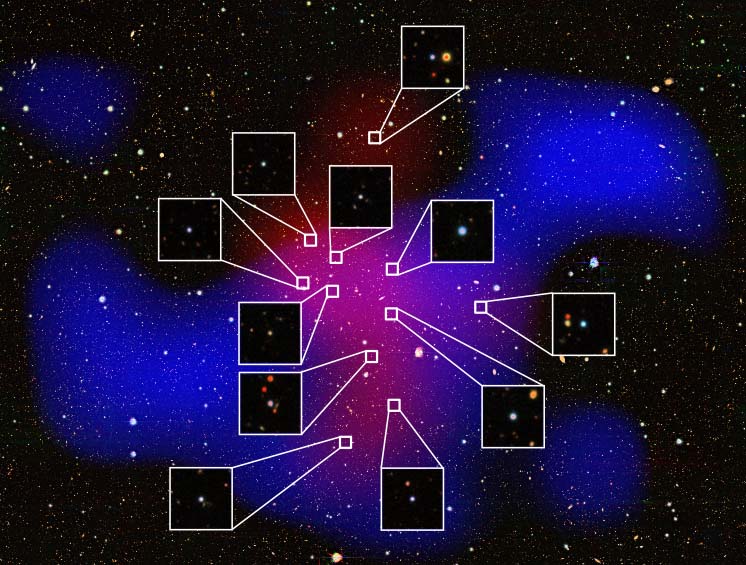2025-06-02 ワシントン州立大学(WSU)

An ancient wooden Egyptian falcon. Inset: A powder developed by WSU for research into Egyptian blue. (Composite featuring photos by Matt Unger and Joshua Franzos, Carnegie Museum of Natural History)
<関連情報>
- https://news.wsu.edu/press-release/2025/06/02/researchers-recreate-ancient-egyptian-blues/
- https://www.nature.com/articles/s40494-025-01699-7
合成顔料と古代エジプト青色顔料のプロセス変動と色の評価 Assessment of process variability and color in synthesized and ancient Egyptian blue pigments
John S. McCloy,Edward P. Vicenzi,Thomas Lam,Julia Esakoff,Travis A. Olds,Lisa S. Haney,Mostafa Sherif,John Bussey,M. C. Dixon Wilkins & Sam Karcher
npj Heritage Science Published:22 May 2025
DOI:https://doi.org/10.1038/s40494-025-01699-7
Abstract
Egyptian blue (EB) is a heterogeneous multi-phase blue pigment originating in Egypt ≈5000 years ago. While cuprorivaite (CaCuSi4O10) is the primary chromophore, color of the powdered pigment depends upon multiple factors, including other phases and particle size. In this study, we synthesized EB using differing raw materials and heating times and investigated the phases and microstructure of the particles via X-ray diffraction, electron beam X-ray microanalysis, and X-ray nano-computed tomography. We measured color by reflectance visible/near-infrared spectrometry and color coordinate extraction and obtained comparative measurements on modern pigments, two Egyptian artifacts (≈2300–3400 years old), and synthesized Cu-doped glasses. Photoluminescence mapping of the artifacts confirmed intergrowth of cuprorivaite encased within colorless particles which otherwise appear as a single phase. This accurate determination of color coupled with correlation to phase distribution provides a series of recipes for obtaining given colors, knowledge which is useful for archeologists and conservation scientists working with EB materials.



